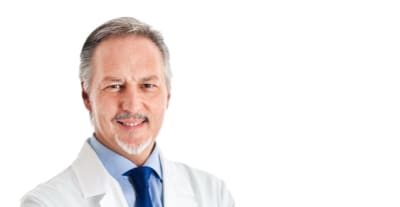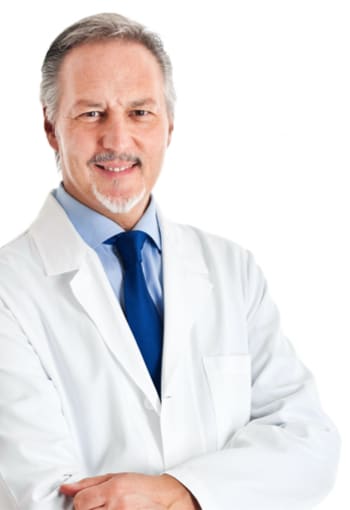ROSEMONT, Ill. – More than 1 in 4 children born with a cleft lip and/or palate face a geographic disadvantage to access certified treatment for their condition, especially in the South and rural areas of the United States, according to a new study.
Researchers called for additional studies on the effect of geographic obstacles on these patients and solutions in the study published in the August issue of the Journal of Oral and Maxillofacial Surgery – the official journal of the American Association of Oral and Maxillofacial Surgeons (AAOMS).
Cleft lip and cleft palate (CLP) are some of the most common birth defects. An individual with one or both conditions can undergo several surgeries by age 18 to create a functional lip or palate; help with proper speech, tooth and facial bone development; reduce middle ear issues and lessen social stigmas.
For the study, researchers examined an area within a one-hour radius of each of the 182 American Cleft Palate-Craniofacial Association-certified cleft centers. The association certifies multidisciplinary cleft teams that satisfy its standards of care.
Study results identified an estimated 103,776 U.S. children diagnosed with CLP, with more than 28,000 living over an hour from a certified cleft team. Children in the Northeast (84.2 percent) have the highest amount of one-hour access while those in the South (65.7 percent) have the lowest amount. Access also is higher in urban states (85.1 percent) than rural states (37.4 percent).
Some families may willingly travel long distances for their child’s first surgery, but continual travel for long-term treatment – including speech therapy – may pose a challenge, particularly for those with lost wages and high travel expenses, the study notes.
In addition, researchers found 17 states do not have more than one cleft center accessible for their patient population, and North Dakota and Wyoming lack certified cleft teams. States with the most certified teams are California (22), New York (13) and Texas (13). The number of children per center is highest in the West and lowest in the Northeast, and access to two or more centers is most limited in the South and rural areas. More than half of CLP children (54.9 percent) do not live within an hour of at least two teams.
“These findings reinforce the importance of standardized processes for ensuring high-quality care among CLP treatment teams,” researchers wrote. “Clinical competition ensures patient autonomy and often provides an impetus for optimizing outcomes, whereas the absence of care alternatives may reduce the incentive for rigorous quality improvement.”
Researchers noted some surgeons provide cleft care without the support of a comprehensive cleft center. Although these providers may deliver high-quality treatment, fewer patient cases and less specialty care have been associated with poorer outcomes for certain specialized care, they wrote.
The study points out it is unclear if CLP patients who travel long distances for treatment have poorer outcomes. Additional studies should explore the effect of geographic distance on patients’ clinical outcomes, researchers wrote.
To help patients facing travel barriers, the researchers identified potential solutions – including telemedicine and virtual services, such as dental consultations, speech evaluation and screenings. For required in-person care, financial assistance and improved insurance coverage could help ease financial burden. Researchers also listed satellite clinics and offices as well as measures to recruit and retain more surgeons in rural areas as other possible solutions.
“To overcome the challenges posed by geographic barriers to cleft care, teams should strive to implement creative solutions,” researchers wrote. The authors of “The Geographic Availability of Certified Cleft Care in the United States: A National Geospatial Analysis of 1-Hour Access to Care” are Connor J. Peck; Jakob Lattanzi; Arvind U. Gowda, MD; Jenny Yang, MD; Joseph Lopez, MD, MBA; and Derek M. Steinbacher, DMD, MD; all from the Department of Surgery, Section of Plastic Surgery, Yale School of Medicine; and Yassmin Parsaei, DMD, from the Department of Surgery, Section of Plastic Surgery, Yale School of Medicine and the Division of Orthodontics, University of Connecticut.
The full article can be accessed at JOMS.org/article/S0278-2391(21)00220-2/fulltext.
The Journal of Oral and Maxillofacial Surgery is published by the American Association of Oral and Maxillofacial Surgeons to present to the dental and medical communities comprehensive coverage of new techniques, important developments and innovative ideas in oral and maxillofacial surgery. Practice-applicable articles help develop the methods used to handle dentoalveolar surgery, facial injuries and deformities, TMJ disorders, oral and head and neck cancer, jaw reconstruction, anesthesia and analgesia. The journal also includes specifics on new instruments and diagnostic equipment, and modern therapeutic drugs and devices.

